Cuban tobacco in Habanos is known and respected worldwide. The elegance of its wrappers, its unique flavors, and unmatched aromas are the desires of many, and the pleasure of a few. However, a Habano is not just an element to project prestige and elegance; for the aficionado, it is a sensory journey that engages all the senses.
Sight
The experience begins with the sight of the humidor and the beautifully layered tobacco, complete with elegant bands that guide your choice.
Touch
When you pick up a Habano, you assess its firmness with your fingertips and check for any tight spots along the cylinder.
Hearing
Bring the Habano close to your ear and gently press it with your fingertips. This action helps to verify the moisture content of the filler. It should not sound like a pile of dry leaves.
Smell
In cold tasting the Habano, bring the foot of the cigar to your nose to appreciate the aromatic notes. Avoid smelling the wrapper directly, as this does not fully reveal the blend's potential.
Taste
Once lit, draw the smoke from the Habano into your mouth. Let the smoke move around your entire mouth to fully absorb its essence. This method is the best way to experience the tobacco's flavors and aromas.
Smoking a Habano thus becomes an art form, and this is just the beginning of the experience. The art extends to the cutting and lighting of the cigar, which, if done incorrectly, can detract from that magical moment. Just as smoking a Habano is an art, so is producing them. Various regulations have been established to ensure quality, and today I'll share some related to Cuban tobacco.
The Protected Designation of Origin (PDO)
Starting in 1994, the Protected Designation of Origin (PDO) seal began to be used. This certifies that the tobacco meets specific criteria for fermentation, aging, rolling, type of tobacco, and its origin. While tobacco can be planted throughout Cuba, not all the tobacco there is suitable for producing Habanos. Only certain areas are classified as capable of producing some of the best tobacco in the world.
- Pinar del Río: This province hosts the most important tobacco cultivation areas. It produces the best tobacco and is the only region that yields Wrapper, Binder, and Filler leaves. Additionally, it is where all the Binder and Filler for Habanos S.A. are grown.
- Partido: A historic group of tobacco-producing areas, specializing in growing wrapper leaves.
- Remedios: The oldest tobacco-producing region, known for the leaves used in José L. Piedra cigars.
- Vuelta Arriba: Where Columbus landed in 1492. Though tobacco is produced here, it is not used for Habanos. Havana, also in this area, is considered a Designation of Origin due to its role in exporting Habanos and housing the most famous Habanos factories.
Types of Tobacco
Regarding the type of tobacco used, it is always Cuban black tobacco (Nicotiana tabacum L.). Varieties like IT-2004 originate from this species through genetic manipulation. This variety is designed to withstand water scarcity in many tobacco regions and produce more leaves. Another variety is Corojo 2006, created from a cross between Criollo 98, Habana 2000, Corojo 99, and L 17, known for its resistance to blue mold and other diseases.
Behind each Habano is a wealth of work, both in the field and through scientific and artisanal efforts. Hundreds of people contribute to the enjoyment of a good Habano, whether shared among friends or savored in solitude. The next time you smoke a Habano, remember these lines and elevate your smoking experience to that of a true cigar aficionado.
Looking to enhance your cigar experience? Explore our selection of premium humidors to keep your cigars in perfect condition, and discover our range of authentic Cuban cigars to savor the finest flavors from Cuba.
Engage with Us
We’d love to hear your thoughts! What’s your favorite part of the Habano smoking experience, and why? Do you have any unique tips or rituals when enjoying a cigar? Share your stories with us in the comments below or visit us in-store to chat with our experts. Your insights help us build a richer, more connected cigar community.
Read more

Davidoff of Geneva USA makes a notable return to the PCA Trade Show in 2024, a key event in the cigar industry calendar. Discover what this means for cigar enthusiasts and the ...
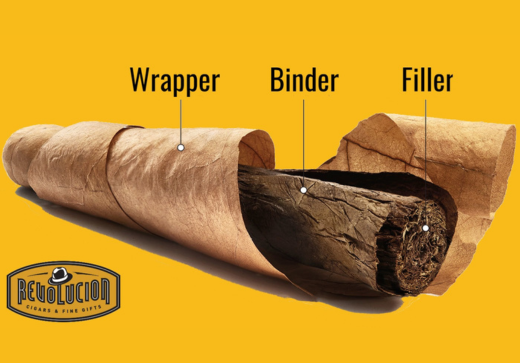
Explore the core of what makes smoking a quality cigar a sumptuous experience by reading "The Anatomy of a Cigar." This article reveals the many levels of artistry, from the smooth e...

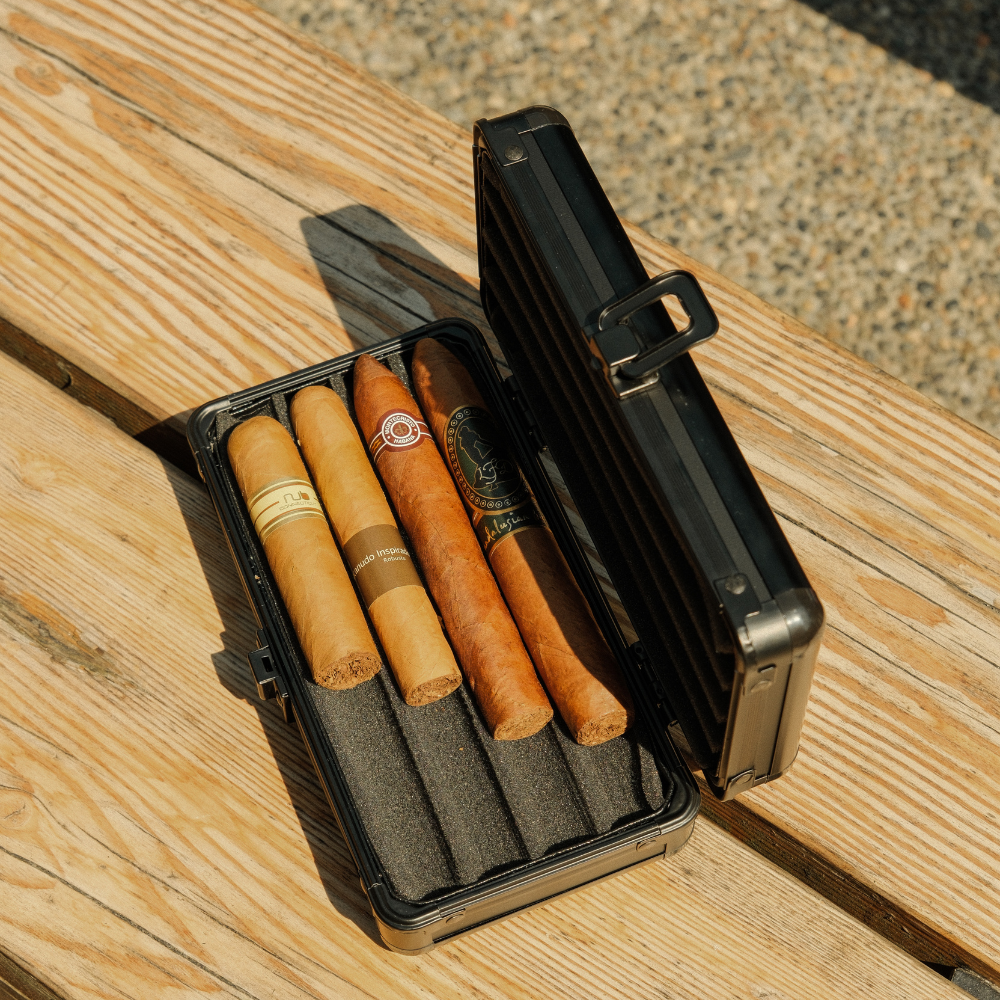
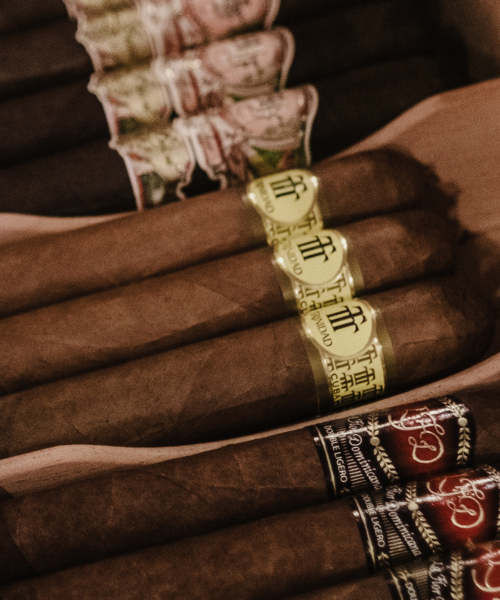

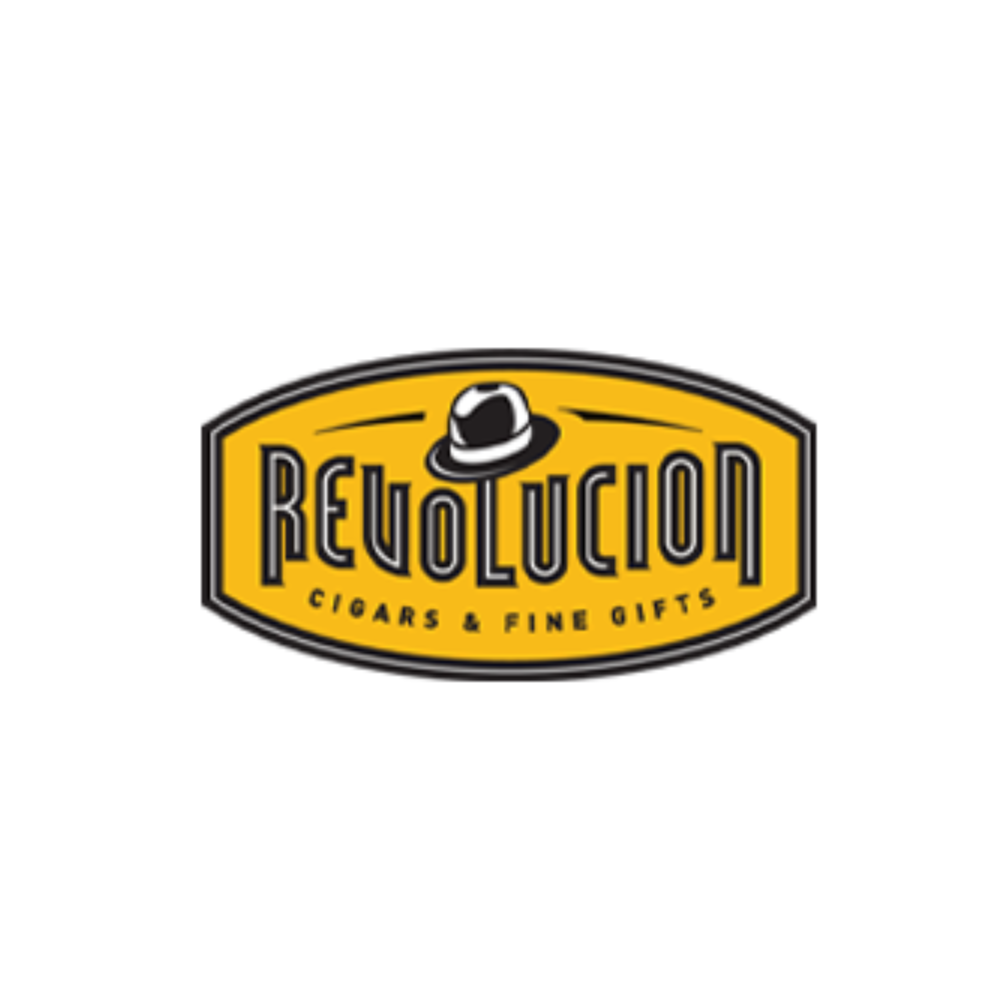
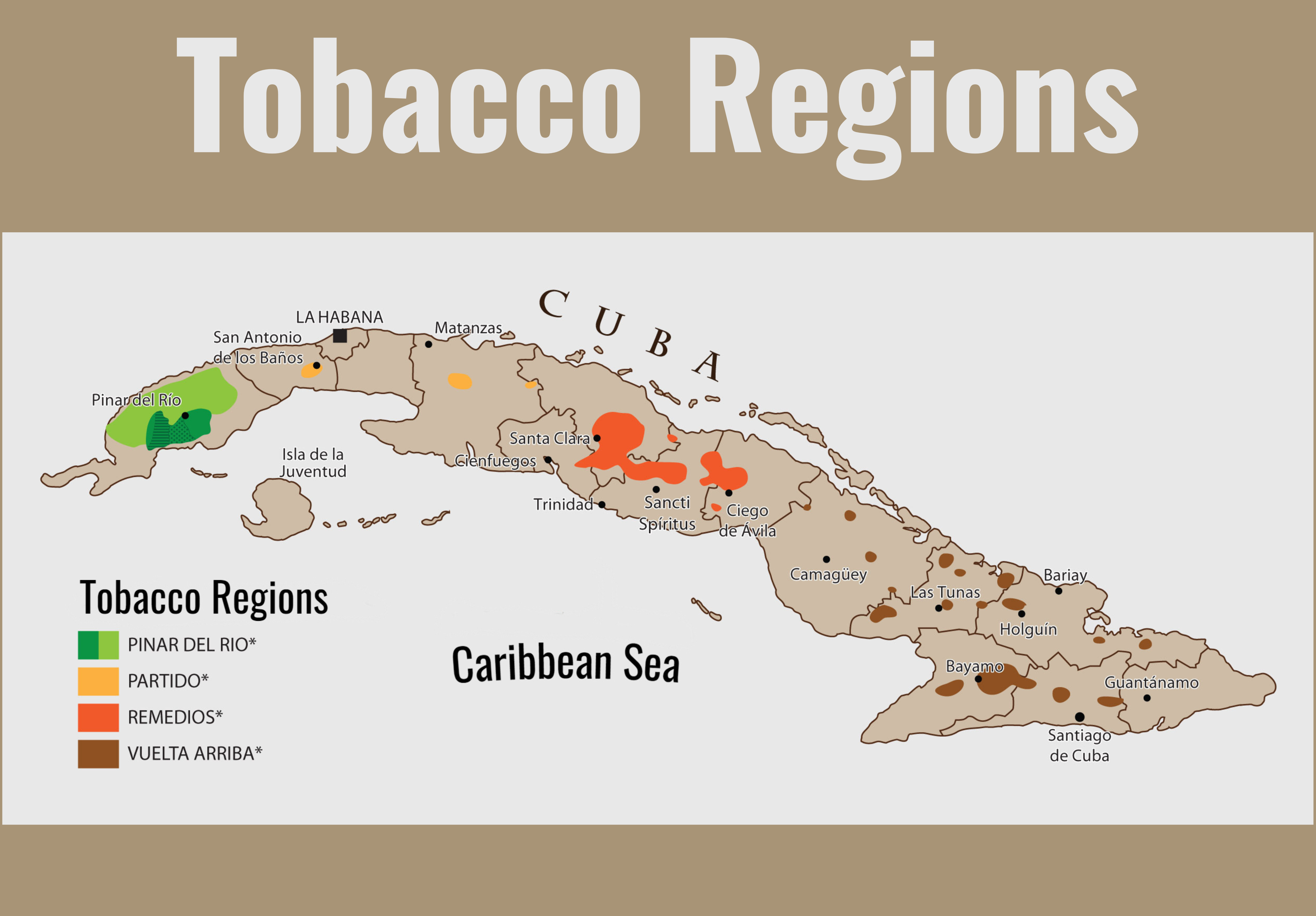
Leave a comment
All comments are moderated before being published.
This site is protected by hCaptcha and the hCaptcha Privacy Policy and Terms of Service apply.